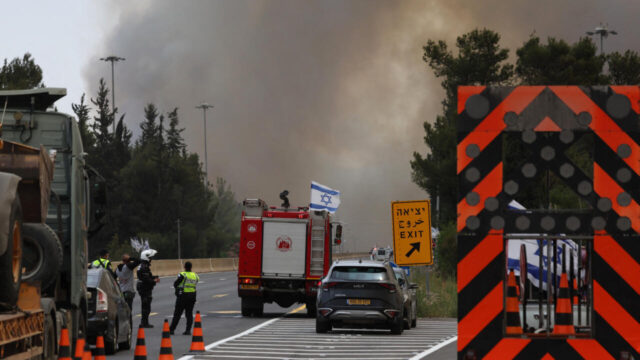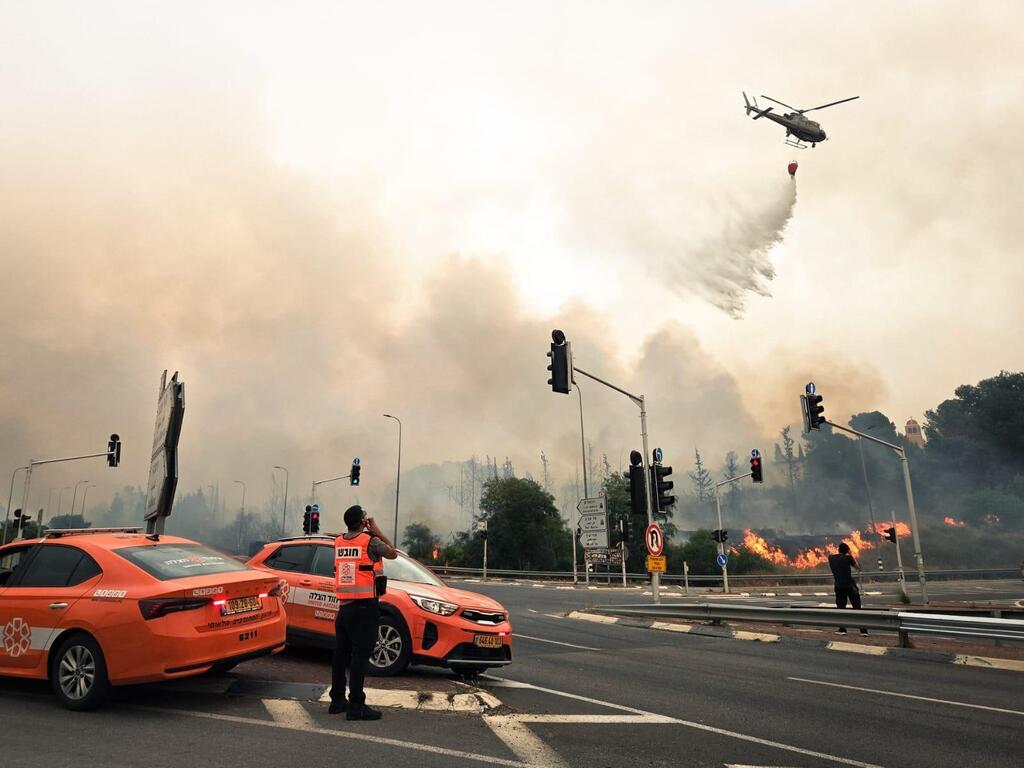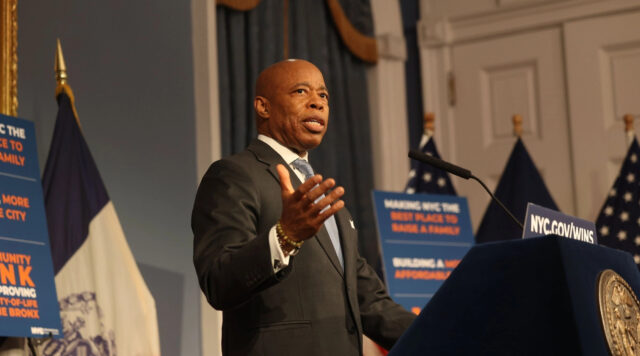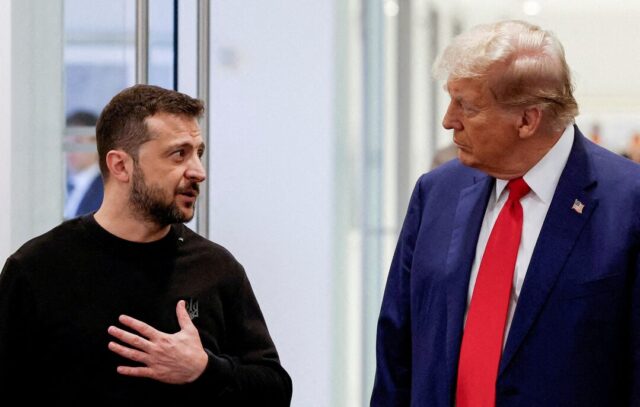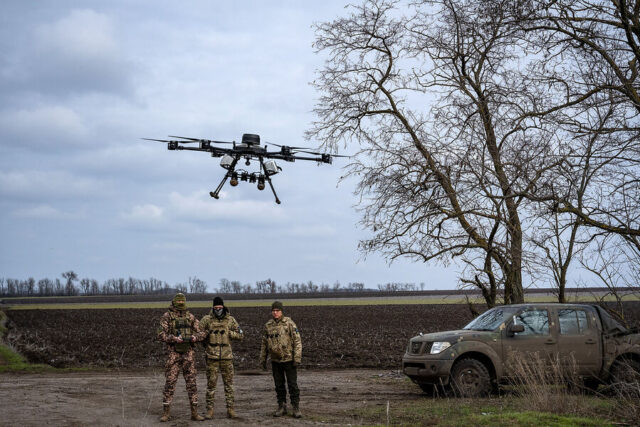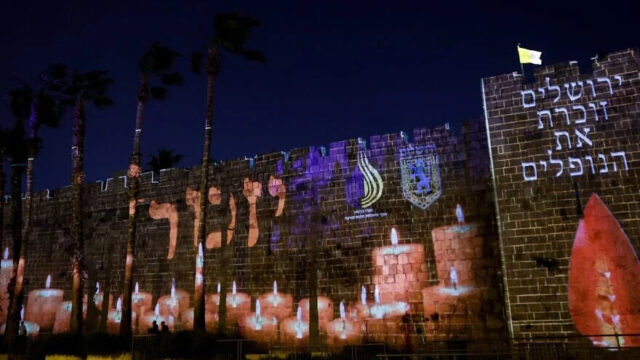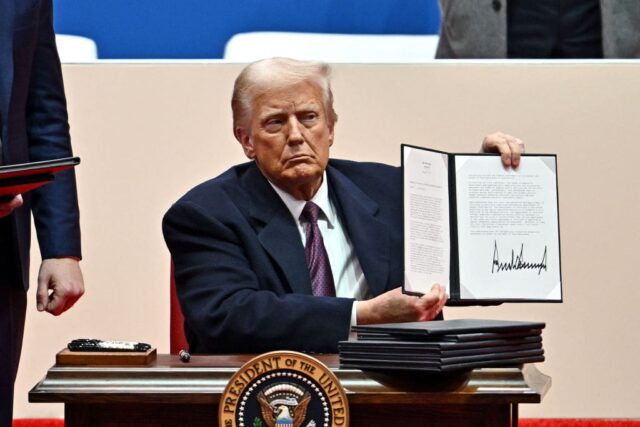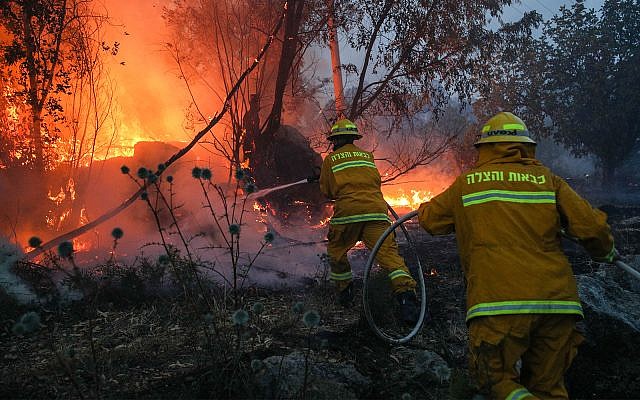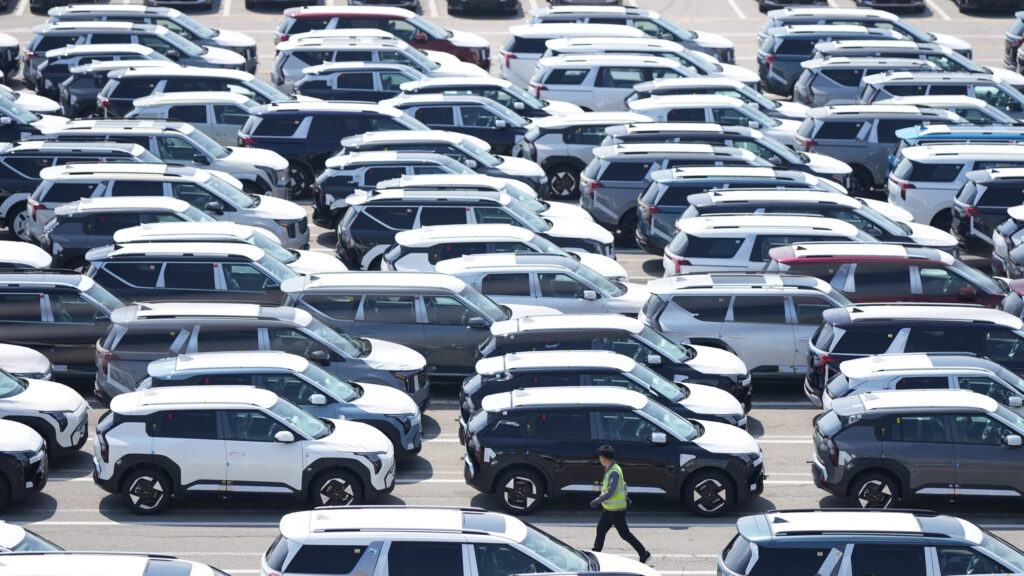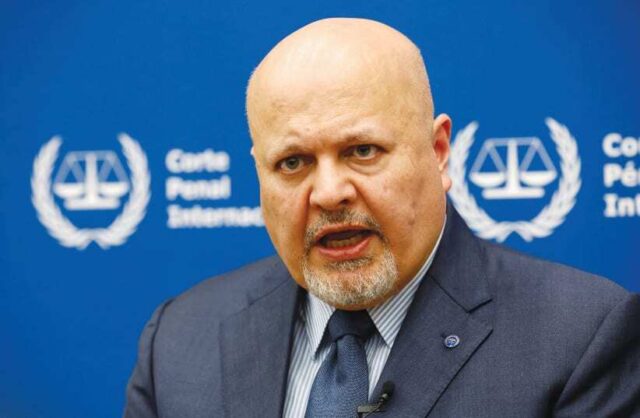Israel’s Population Surpasses 10 Million for the First Time on Eve of 77th Independence Day
In a historic demographic milestone, Israel’s population has officially surpassed 10 million for the first time, according to figures released by the Central Bureau of Statistics (CBS) on Tuesday. The announcement comes on the eve of the country’s 77th Independence Day, marking a significant growth twelvefold since Israel’s founding in 1948.
Key Population Statistics
As of May 2025, Israel’s population stands at approximately 10.1 million. This reflects a growth of 1.4% — or about 135,000 people — over the previous year. The CBS report breaks down the population into several major categories:
- 7.7 million (77.6%) are classified as Jewish or “other,” a newly merged category that includes non-Arab Christians and those with no registered ethnicity. Many in this group are eligible for citizenship through the Law of Return due to Jewish ancestry or marriage.
- 2.1 million (20.9%) are Arabs — including Muslims, Christians, and Druze.
- Approximately 250,000 (2.5%) are foreign workers, international students, and undocumented immigrants who do not fall into the above categories.
The CBS noted that 174,000 babies were born in Israel over the past year, 28,000 people immigrated, and 50,000 residents passed away. The net gain points to Israel’s steady growth despite a global slowdown in population increases.

A Young Nation
Israel continues to boast a young demographic profile, with 27% of the population under the age of 18 and only 13% aged 65 and older. This is in contrast to aging trends seen in much of the developed world.
While the global population grew by 0.9% last year (to just over 8 billion, per World Bank data), Israel’s growth rate outpaced the global average, though it slowed slightly from the previous year’s 1.9% increase.
Immigration Trends
Immigration remains a major driver of Israel’s population expansion. Since the establishment of the state in 1948, about 3.5 million people have immigrated to Israel. Notably, nearly 48% of them arrived since 1990, following the dissolution of the Soviet Union which enabled mass Jewish emigration.
The CBS also highlighted that:
- 45% of the world’s Jewish population now lives in Israel, a dramatic shift from previous generations.
- 80% of Jewish Israelis were born in Israel, showcasing a maturing, homegrown society.
However, a 24% drop in immigration over the past year, as reported by the Aliyah and Integration Ministry, may have slightly dampened the pace of growth.
Israeli Citizens Abroad
An estimated 56,000 Israeli citizens currently live abroad, a number that has reportedly declined, although the CBS did not provide specific figures on the decrease.
A Nation Prepares to Celebrate
As Israel approaches its 77th Independence Day, the population milestone offers a moment for reflection and celebration. The national holiday begins Wednesday evening, immediately following Yom Hazikaron (Memorial Day), which honors fallen soldiers and victims of terrorism.
The transition from solemn remembrance to joyous celebration is a unique hallmark of Israel’s national calendar — a poignant reminder of the sacrifices that have paved the way for the state’s survival and growth.
At 8 p.m. Tuesday, sirens will mark a national moment of silence to commence Memorial Day. By Wednesday night, the country will shift into celebration mode, honoring its remarkable journey from a fledgling state of 806,000 people in 1948 to a thriving and diverse nation of over 10 million today.


